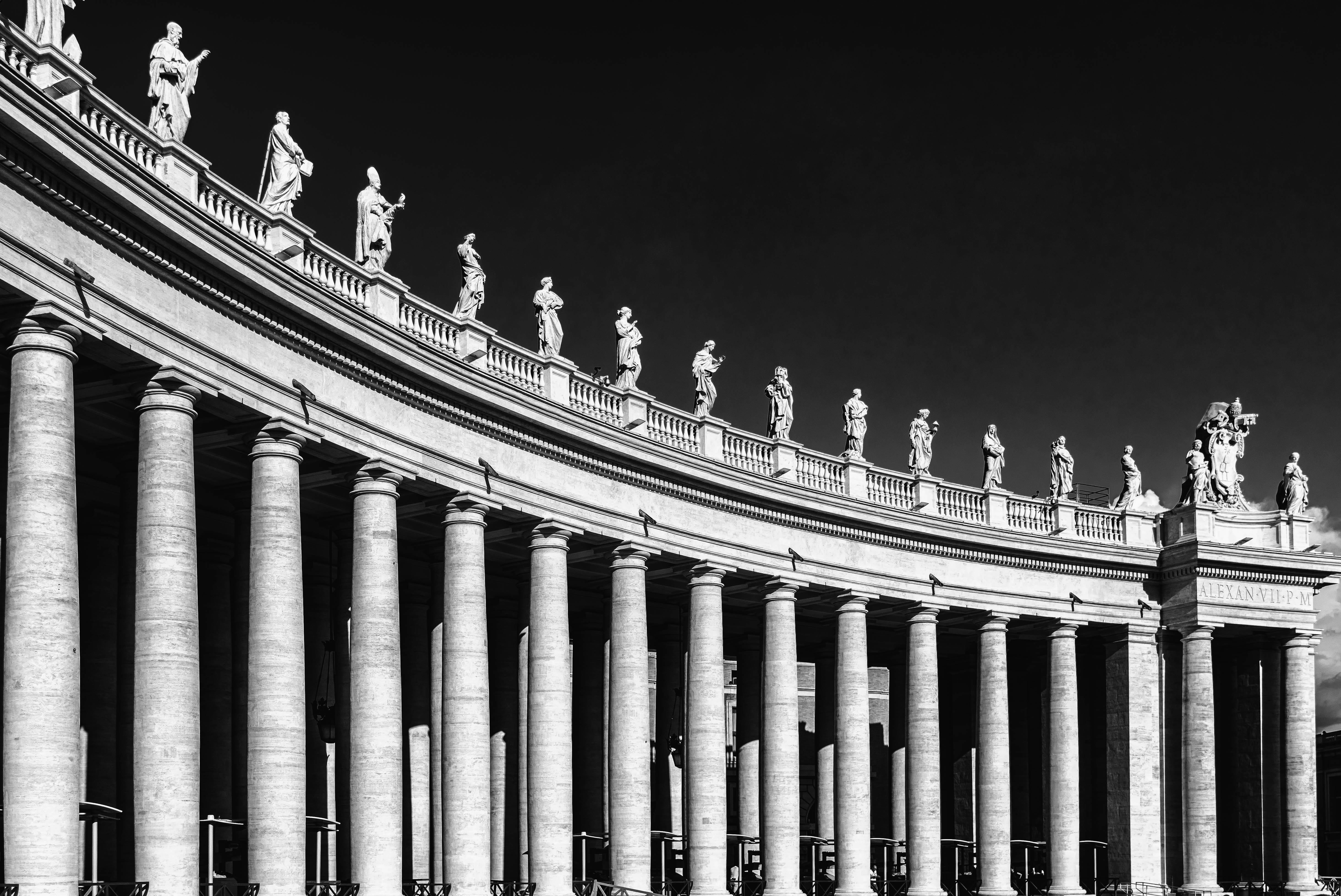Known as the island of the gods, Jeju Island (locally called Jejudo) is a top vacation destination for not only Koreans but also international tourists. In many ways, Jeju has groomed itself to be a tourist hub, so it offers something for everyone, families, honeymooners, and outdoor enthusiasts.
There are two main cities in Jeju which are located in the north and south central region of the island, respectively; and these are the capital, Jeju city and Seogwipo. Most visitors land at Jeju City Airport. Unsurprisingly, it has a plethora of accommodation options, bars, shops, restaurants, and other commercial establishments. But it is interesting to note that the island’s most prominent attractions are outside of Jeju City. From here you have options to book tours to the attractions or hire transportation and drive yourself. Seogwipo is an excellent alternative base for people exploring the island. This is home to many attractions, including the Jungmun Tourist Complex and the Jeju World Cup Stadium.
However, if you don’t like to stay in urban areas, you can also choose to stay in one of the smaller but charming towns, located along the coast of the island or in the interior of the island. Some of the more popular towns include Gimyeong, Seongsan, Daecheong, and Hallim. While there are many 4-5 star hotels on the island, staying in more affordable local accommodation in the villages supports the community.
Beaches like Iho, Hamdeok, Hyeopjae and Geumneung are some of the main attractions on the island. On the sandy stretches, you can swim, sunbathe, practice water sports and watch the spectacular sunset. Hiking is one of the perfect adventure seeking activities that you can do in Jeju. An unmissable hiking landmark is Halla-san, the highest mountain in South Korea. The island also has a system of hiking trails called Olle-gil, which takes you to many very picturesque places. Popular sites to consider visiting in Jeju include Cheonjaeyeon Waterfall, Seongsan Ilchubong, and Manjangul Lava Tube on the north shore.
Families are drawn to Jeju because of its quirky theme parks like the Jeju Glass Castle and quirky theme museums like the Jeju Trick Art and Teddy Bear Museum. In addition to the success of Jeju Island’s commercial tourism, its local traditional culture has been maintained and is quite fascinating. This island is traditionally matriarchal, which is the complete opposite of what is practiced on the mainland. The local women here have played an important role, including collecting shellfish as a way of life. The female divers are called haenyo, and you can usually see them on shore. Everywhere on the island, you will notice the iconic grandfather statues made of volcanic rock called Hareubang.
If you want to explore the more remote areas of Jeju, you will get to know a different side of the island, with its rich vegetation, green fields and abundant rows of trees. If theme parks aren’t your cup of tea, rent a bike and explore the countryside. There are numerous bicycle circuits on the island, just outside the city of Jeju. Some of them take days to complete, but they are worth every minute you spend exploring and experiencing the island.
